Why the grim reality of aero bike ownership may not be for you
Think you want an aero bike? Perhaps, says CW's Video Manager Sam, think again...
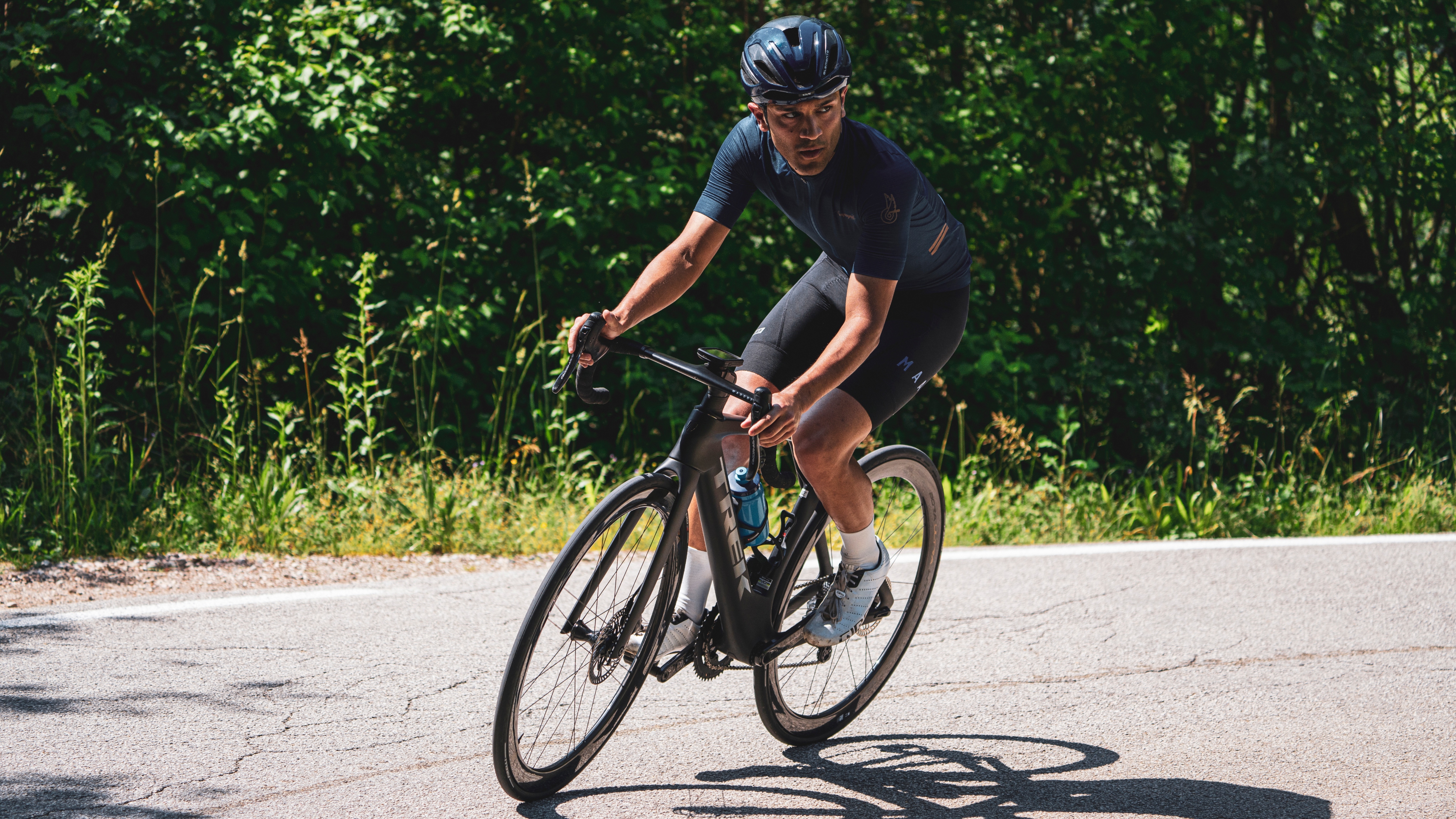
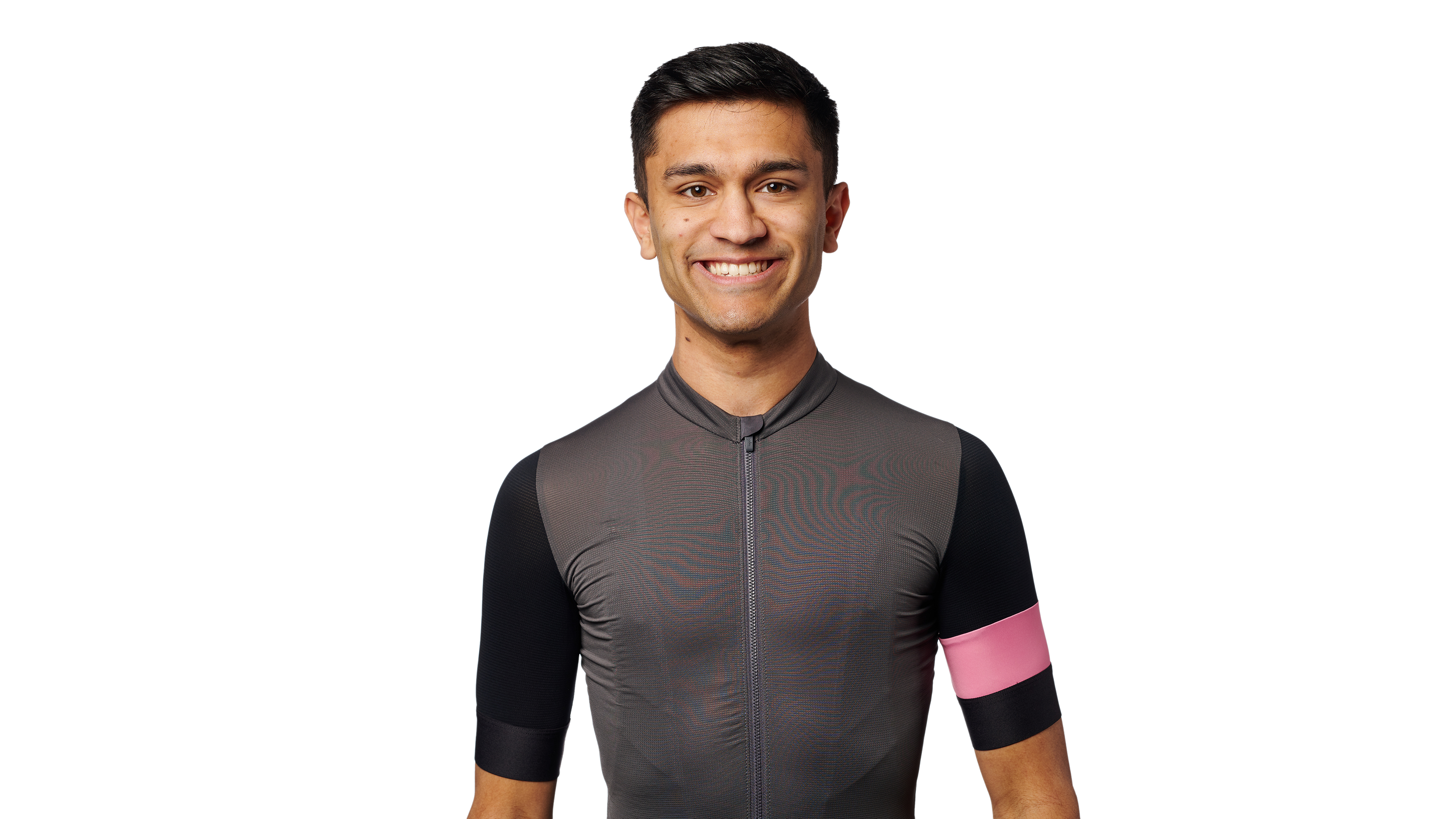
The summer race season always brings out the best road bikes, and quite often the most spangly and bling bikes in the peloton tend to be the aero bikes.
Aero bikes - with their otherworldly tube shapes and wind-slicing profiles - are without a doubt striking to behold. Even casual observers are intrigued by their profiles, and many a club rider is seduced into wanting one.
However, they don’t come without warning. I’m going to lay it bare for you, and explain the grim reality of what it’s like to own an aero bike. If you still want one by the time I'm done, read on, for a few reasons why they can be worth the trouble, for the right rider.
The cost
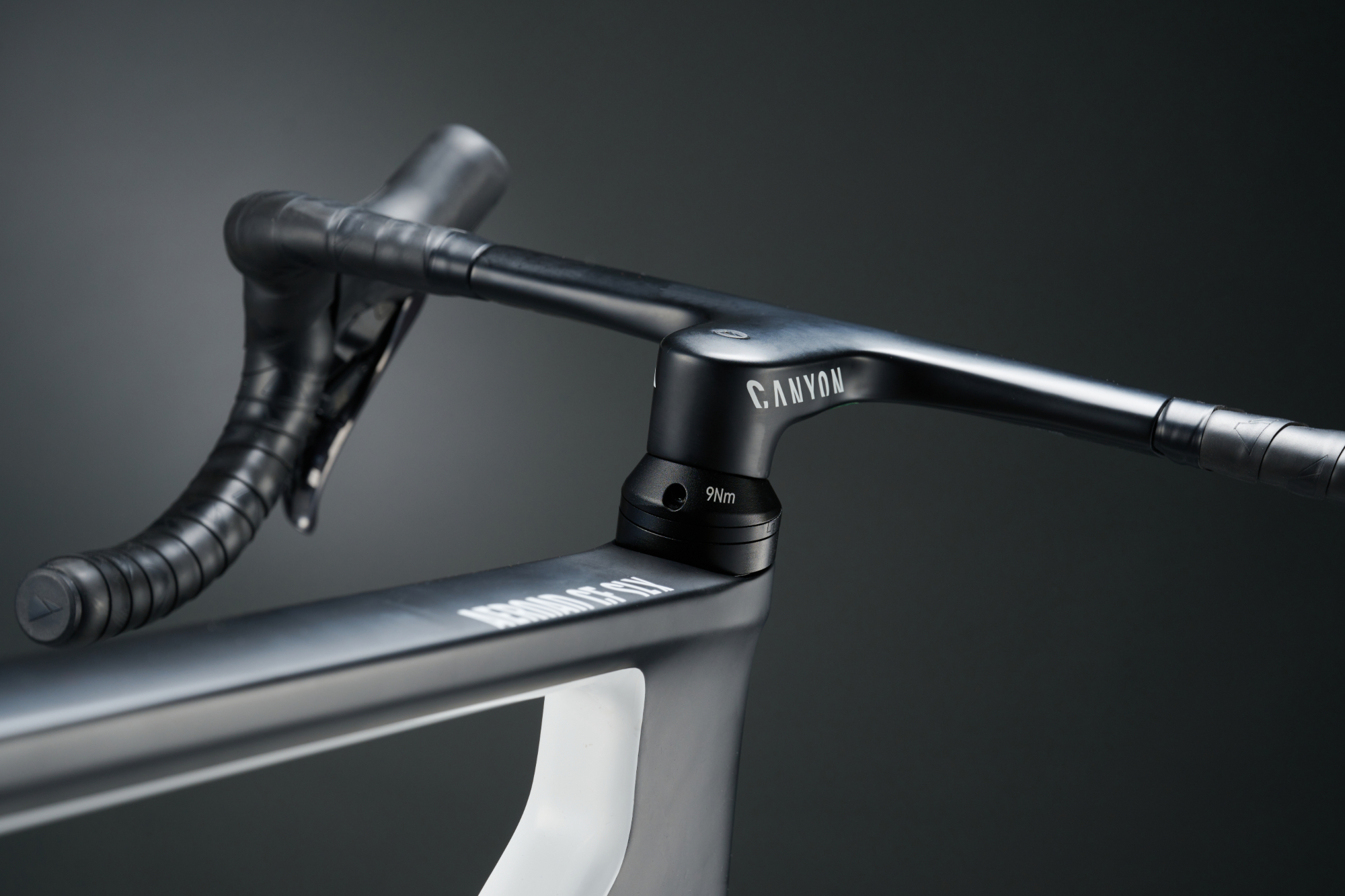
First off, you need to get your hands on one, and of course, this means going through the painful process of removing money from wallet. There’s no doubt that these bikes are expensive. Even if you get yourself an aero bike which sits at the ‘better value’ end of the spectrum (usually still some margin over £3,000/$4,000), you’re still going to be shelling out thousands. And then, of course, it will be no surprise that aero bikes make up the vast majority of the most expensive bikes on the market. The latest Canyon Aeroad CFR starts from £8,799. There’s no way around it, these bikes carry a premium you have to be willing to stomach.
Sadly, it’s not just the purchase of the bike itself which can pinch, but maintaining an aero bike can also be a bit of a drain. Many jobs are as simple as they would be on any other bike, for example, changing the chain and cassette or swapping in some new brake pads. These are things we can all learn to do with some pretty basic tools.
However, it’s when you get into the realms of setting up and bleeding brakes, diagnosing electronic gearing problems or adjusting your position that the headaches can really materialise, thanks to a high level of integration. Think, £300 for new headset bearings as per the cautionary tale you'll find here. When things of this genre go wrong, you want to ensure you have a good relationship with the mechanic in your local bike shop, or a home workshop furnished with a plethora of tools and a lot of time and patience.
Perhaps, you may be able to fix the issue yourself, but I’m sure it’ll be those of you who already have some pretty good technical know how that will be the ones to have some success. For the majority, some pretty hefty service bills could end up getting swallowed.
The ride
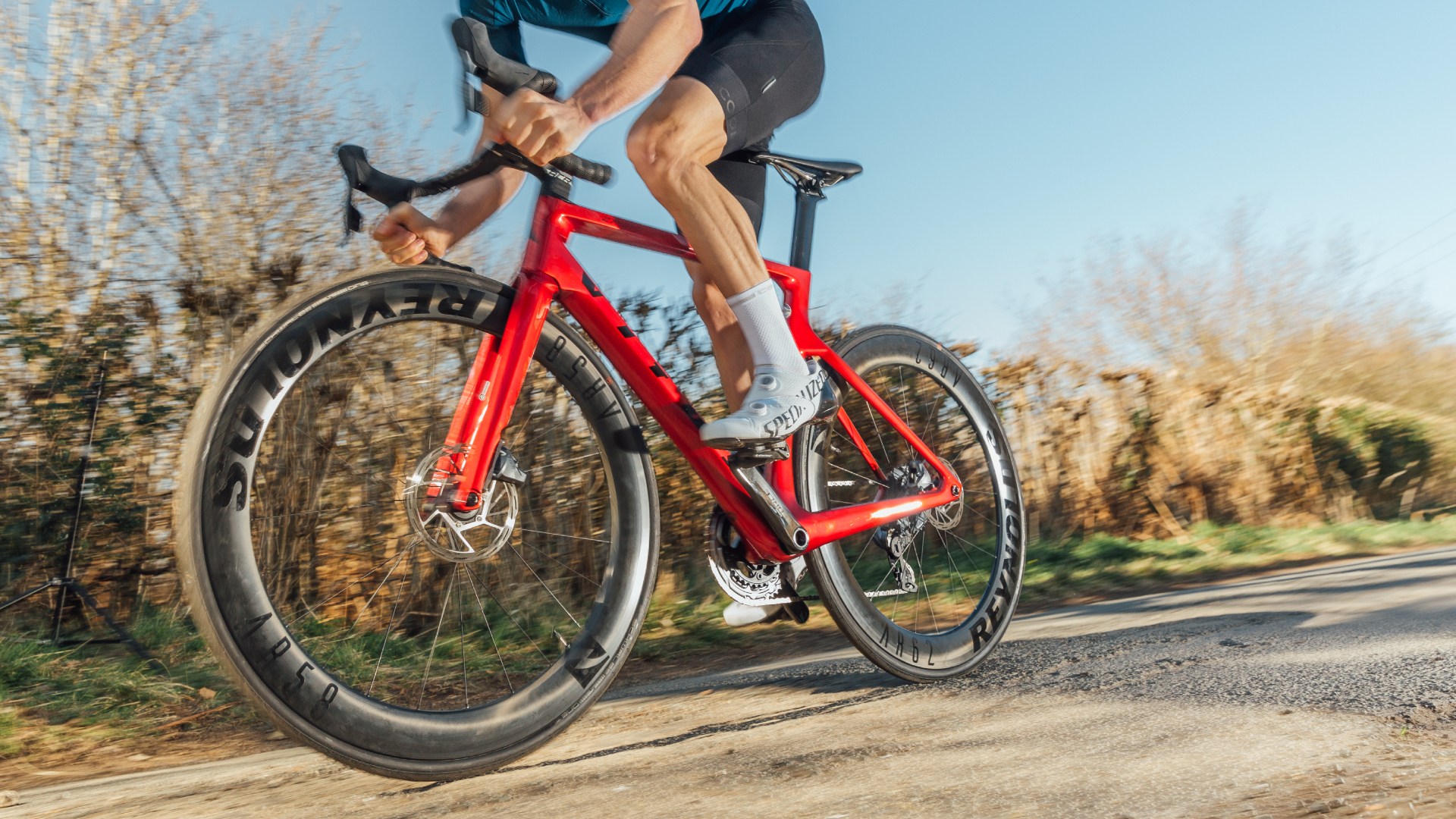
The very point of aero bikes is that they’re built to be fast. This quest for speed often means sacrifices need to be made in other areas. Often, comfort.
Despite everything you hear from bike brands when they hark on about compliance and size adjusted tubing, the fact is, a bicycle is made up of two triangles, famously, the strongest shape. And, aero bikes are built to be incredibly stiff. This results in a large bottom bracket shell and a frame that doesn’t have much give at all. All these factors create a fairly hard ride.
So, if you’re a smaller and lighter rider who puts out less power, then perhaps a slightly leaner bike is the way to go. Remember that two riders could have the same FTP in terms of power to weight - meaning they ride (all things being equal) at the same pace - but the larger rider will put out more power and most likely prefer the feel of an aero bike.
There are plenty of race-ready frames built for climbing (think Giant TCR, Specialized Aethos), as opposed to flat road speed, and these have skinnier tubes and therefore more compliance.
Equally, if you just prefer a little less road feedback or are susceptible to back pain, then it's more than likely that an aero bike isn't your jam.
The position

As is pretty well known, the rider creates the largest proportion of aerodynamic drag. So, any good modern aero bike will feature a more extreme position to help you cut through the air as cleanly as possible. This is made possible by adopting a low front end, with a more stretched-out, longer stance. This requires flexibility, strength, and also can result in steering which feels very direct.
For some, this won’t be an issue. If you have good flexibility and core strength then contorting yourself into the more racy positions will come quite naturally. The flip side to this is, if you don’t possess the flexibility and strength needed, you riding an aero bike could be a pretty dismal experience, and could even result in injury.
In terms of handling, the direct nature will feel great at speed, but at a slower pace, could leave you feeling slightly out of control.
The wind
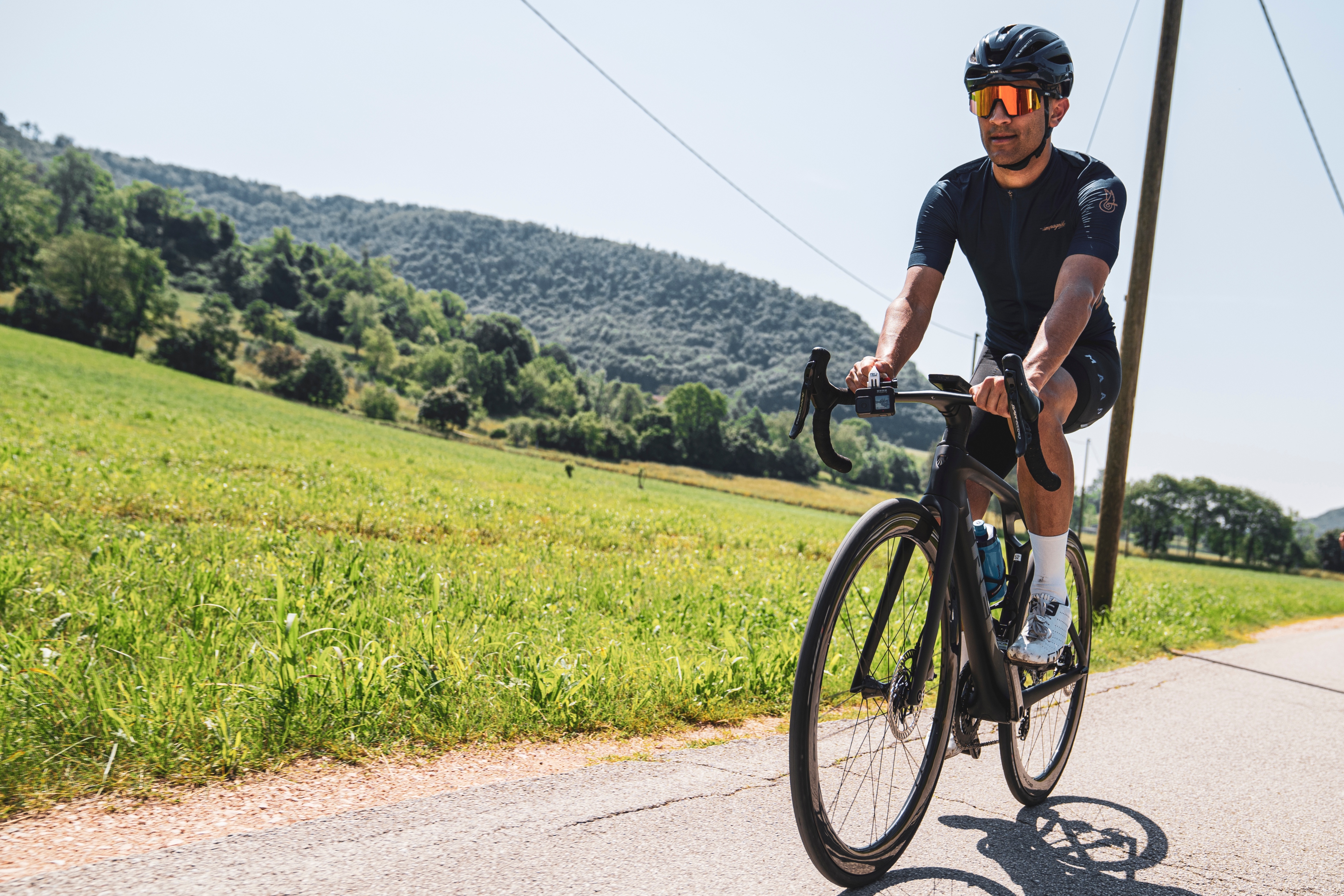
If you’re a smaller and lighter weight rider, like myself, then there’s one unique problem which can crop up. In the same way that deep section wheels are susceptible to cross winds; the flat, aerodynamically optimised tube shapes of an aero bike are as well. And since aero bikes are generally paired with deep section wheels, this can lead to a pretty sketchy set up.
I’ve lost count of the number of times I’ve been blown across the road when riding aero bikes with deep wheels. Even aero bikes with shallow wheels! It’s something a minority of people need to be aware of because, if you aren’t expecting it or are a slightly nervous rider, then you could end up in a pretty precarious situation.
So, to all my fellow lightweight riders, rather than an out-and-out aero bike, I’d instead consider an all-rounder road bike with mid-section wheels, between 40 and 50mm - and then really optimising your position for that aero advantage.
But.... it's not all bad
So far, I’ve painted a pretty dark picture for aero bike ownership, but the fact is, they still sell incredibly well, so why do people keep buying them?
The look
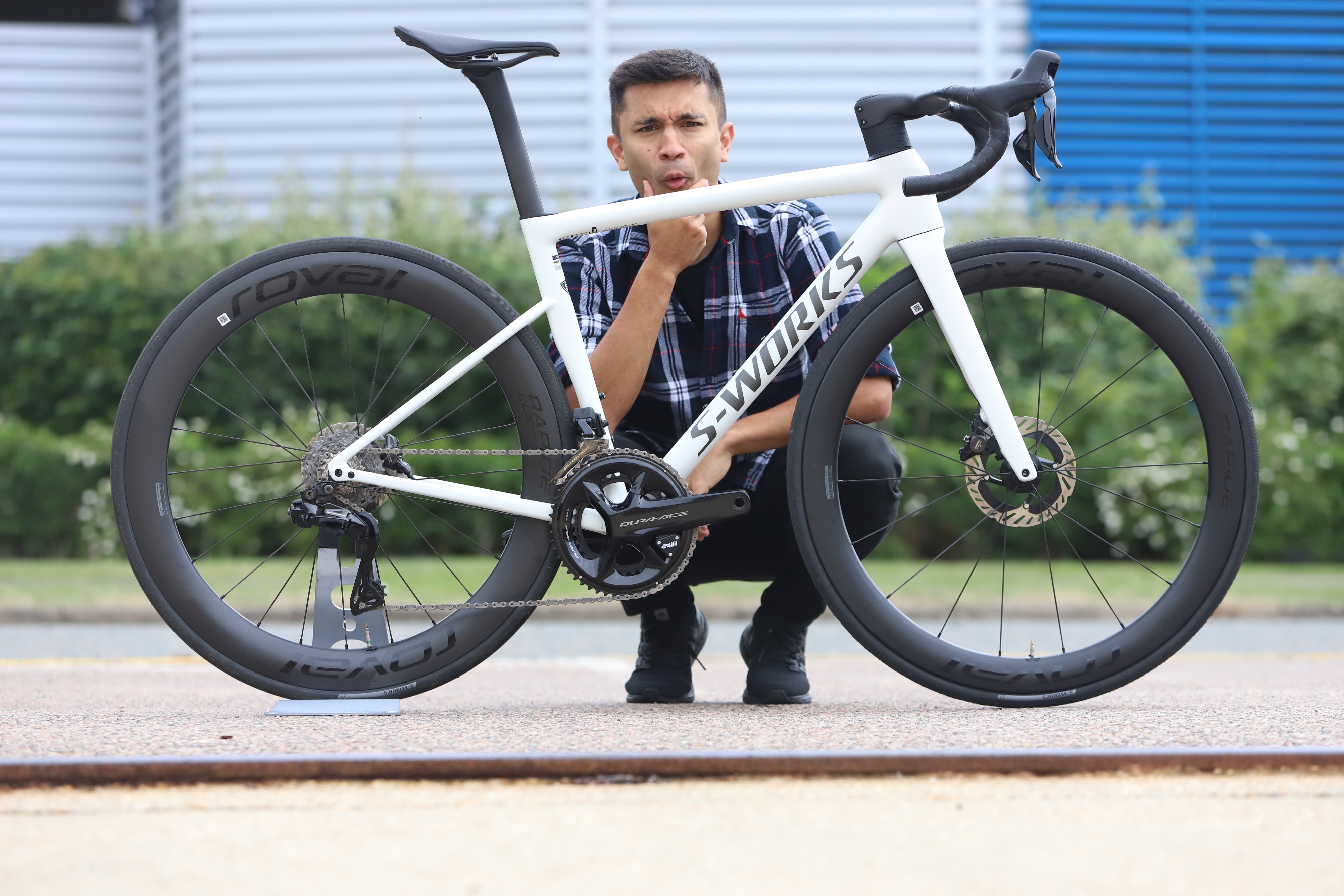
Well, for starters, just look at them! They look fantastic. The deep sculpted tube profiles and alien shapes scream speed. Aero bikes are mesmerising to look at, and I feel like they carry a bit of a placebo effect that when you’re on one you just want to push that bit harder and really lean into their ethos.
The speed
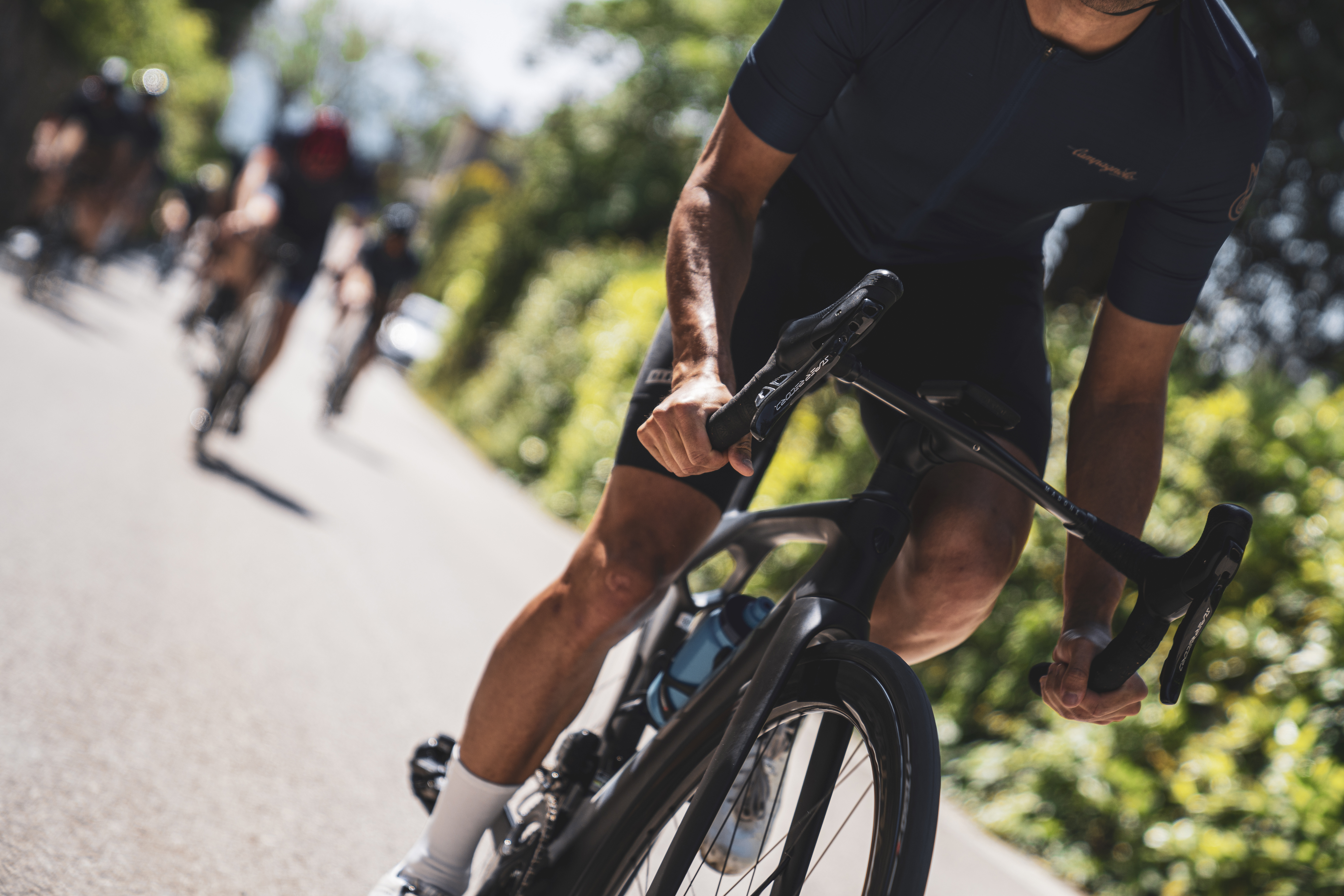
Placebo or not, one thing is for sure, they really do feel fast. Despite not being the most comfortable bikes in the world, the compromise is worth it if you want to go out and beat your personal records. The speed increase is really tangible. There’s nothing quite like pouncing on the pedals and feeling the power transfer between your legs and the resulting acceleration.
What’s more, when you tuck up and really start to push down the road, you’ll find that the speeds you’re able to hold will be a couple of miles an hour higher than you might otherwise be able to hold on a non-aero bike.
The sound

One of the most satisfying things you can enjoy when you’re pushing down the road is the sound that the bike makes. It’s this weird mixture of a whooshing and whirling sound that echos around the frame and wheels.
If you’ve ever watched a race go by or just had another rider whizz by you, then you’ll know exactly what I’m talking about. But this sound just adds to the whole experience of riding one of these rocket ships.
The handling

Even though I previously referenced the direct steering of aero bikes as a potential negative for those who may be a little more timid or just want a more relaxed riding experience, the effect of such fast steering is really something to behold. When accustomed to the feeling and how the bike can react underneath you, you learn to slow down your inputs and let the bike do the work. Then, when in scenarios when you really do need to react, you can be less frantic with your movements and trust the bike will go where you want it.
Of course, the speed of steering is on a sliding scale with some bikes being more aggressive than others. The feeling can also be impacted by the width of handlebars fitted. So for example, the Trek Madone’s handlebar width has been really well thought out, meaning that the smaller sizes have narrower bars from stock. This results in much less aerodynamic drag, but also means the speed of steering can be amplified compared to a bike of the same size with wider bars.
It’s not just the width of the bars, but the feeling tends to stem from the headtube height, length and angle - components of the geometry concerned with handling. So perhaps, if you find one bike feels too fast, then maybe looking for an alternative with a slightly slacker angle could mean you find your own sweet spot. It’s an acquired taste, but if you do start riding bikes with fast steering, they are really hard to move away from.
The power

One of the flagship features of any aero bike is a pretty large bottom bracket shell. The manufacturers do this to introduce stiffness around what is a pretty high stress area. This stiffness and lack of any give means the power transfer between your legs and the wheels is second to none. Pair that with the characteristically short chain stays most aero bikes have, and it’s a recipe for a bike that feels snappy and eager to respond.
I believe that when you boil it down, aero bikes create a game of compromise. If you’re willing to sacrifice the comfort that can be found on more compliant bikes, happy to absorb the cost of running such machines, and confident in your ability to ride in crosswinds, then - yes - go and get an aggressive aero race bike. But, if you’re unsure about any of the attributes that come along with these speed optimised rocket ships, then the truth is that it’s best you steer clear and opt for something a bit better suited to your own riding style.

Thank you for reading 20 articles this month* Join now for unlimited access
Enjoy your first month for just £1 / $1 / €1
*Read 5 free articles per month without a subscription

Join now for unlimited access
Try first month for just £1 / $1 / €1
Get The Leadout Newsletter
The latest race content, interviews, features, reviews and expert buying guides, direct to your inbox!

After discovering his love of cycling in college, Sam has always kept two wheels very close. Having spent over five years working in a couple of local bike shops, it's fair to say he enjoys getting hands on. He also loves to push himself to ride ever longer distances and to explore as many new places as possible.
Sam has been Cycling Weekly's video manager since January 2022. You'll find him on our YouTube channel where he brings you the latest cycling tech news, rides, reviews and all of the most important new launches while taking in some incredible cycling adventures too.
-
 How to watch the Amstel Gold Race 2025: Everything you need to live stream the Dutch Classic
How to watch the Amstel Gold Race 2025: Everything you need to live stream the Dutch ClassicAll the broadcast information for the first of the Ardennes Classics on 20 April with Tom Pidcock – here's how to watch Amstel Gold Race online and on TV.
By Adam Becket
-
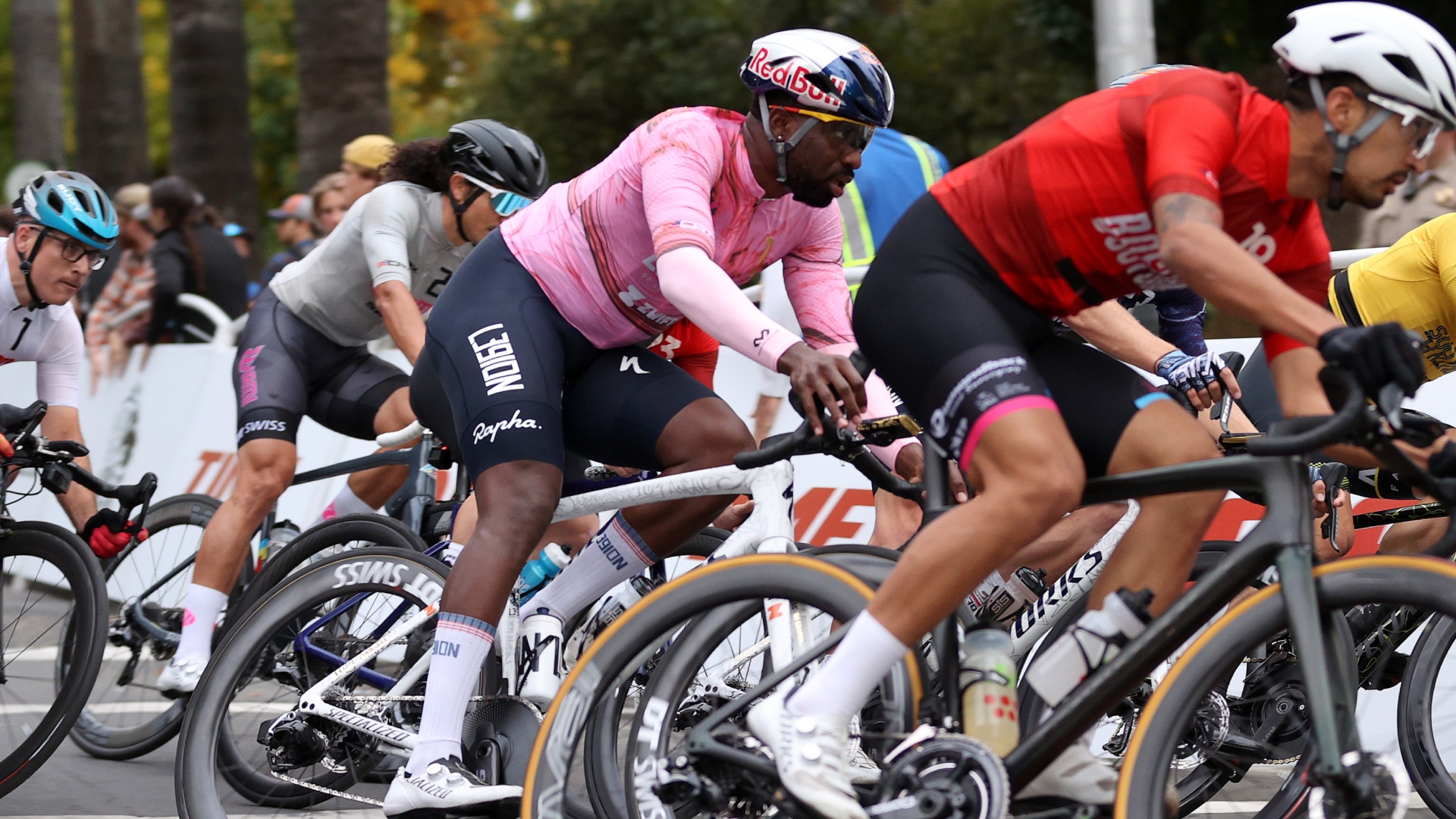 Can you make a living as an American domestic road racer? A look inside the part-time professionalism of the American road peloton
Can you make a living as an American domestic road racer? A look inside the part-time professionalism of the American road pelotonAfter decades of booms and busts, the American road scene finds itself in a fragile place. We spoke to riders to understand the reality of chasing the dream on home soil
By Logan Jones-Wilkins